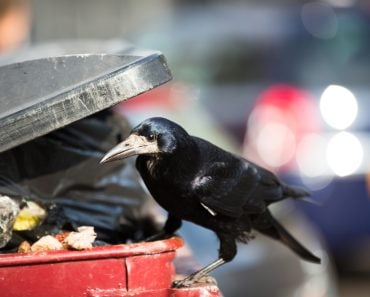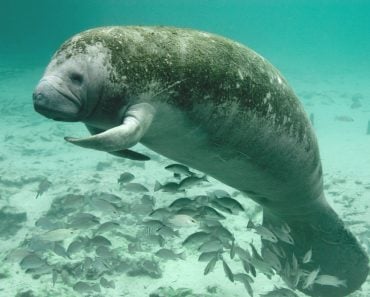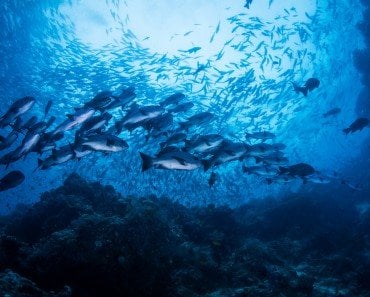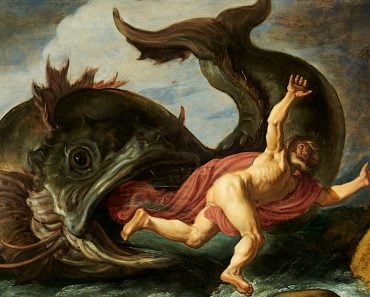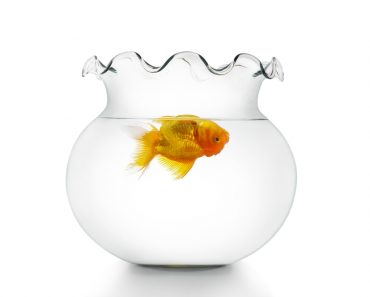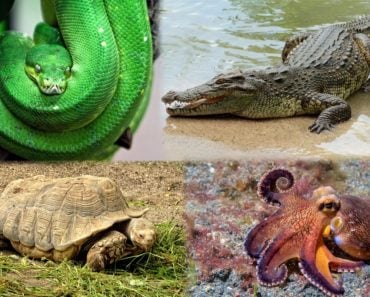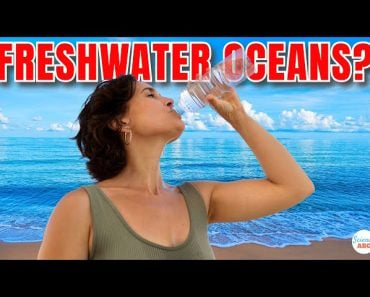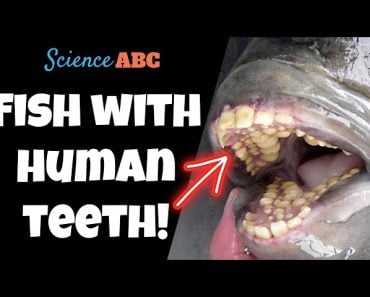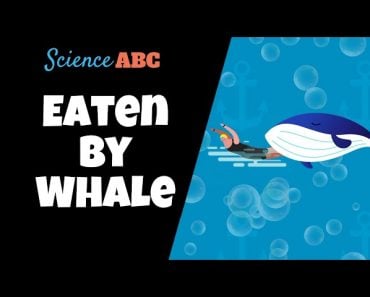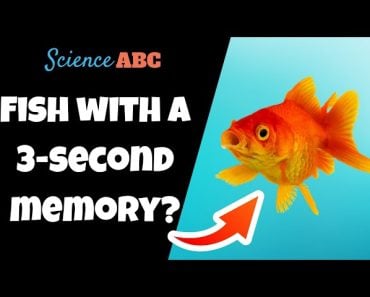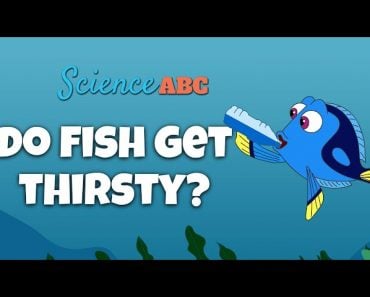Table of Contents (click to expand)
Overfishing is causing fish to get smaller. Fishermen are mandated to catch big fish and let the small ones go, leaving mainly smaller fish to reproduce.
Everybody wants to catch the big fish—literally and figuratively. However, as it turns out, catching too many big fish is bad for the environment. We’re finding that fish are generally becoming smaller in size. Why is this happening?
Recommended Video for you:
Fisheries Have To Release Small Sized Fish Catch
In 1367, Edward III passed a law in the British Parliament prohibiting the use of primitive bottom trawlers. A trawl is a mechanism that pulls a fishing net by one or more boats through the water. Pulling this kind of trawl does not allow any fish, irrespective of size, to escape. Edward III even remarked that the little fish were often fed to pigs because fishermen didn’t know what to do with them. Thus emerged the idea of “letting the small fish go”.
The logic was that smaller fish are usually juveniles. When returned back to the seas, they would live to see another day, mature, mate and produce more fish, which could then be fished in the future for more food. Edward III’s measure soon caught on, and every other country began to implement similar policies.
Countries now have a minimum length for fish that you can catch; anything smaller than that must be returned to the water.
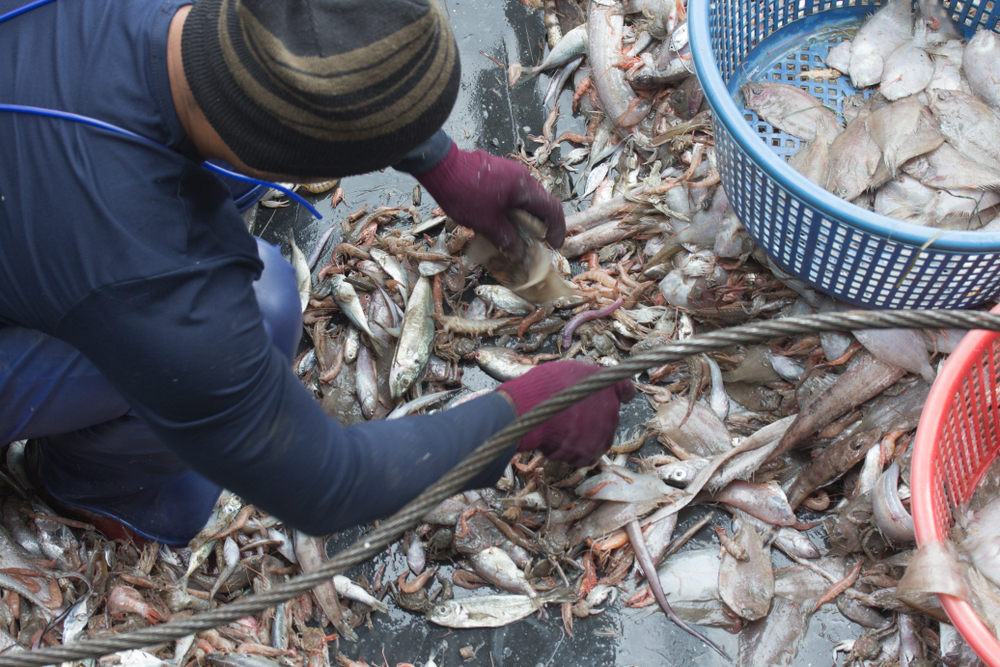
This logic appears sound until one takes a closer look at how this affects the fish.
Why Is Removing Big Fish Bad?
Big fish disproportionately invest more in their offspring. In the fish world, such an “investment” means that they spend more energy on their eggs compared to smaller fish. Scientists from Monash University and Smithsonian Tropical Research Institute surveyed 342 marine species for how much they invest in their eggs.
They found that bigger females invest more in terms of the size and number of their eggs than female fish half their size. Larger eggs have more energy stored in them and a higher number of eggs improves the chances of survival for the overall fish species. What this means is that removing one big fish does not square with the number of eggs that two smaller fish produce. This leads to a faster decline in the number of fish.
The Pressure To Survive
Big fish are more likely to produce big fish, and small fish are more likely to produce small fish. The size phenotype (or the physically observable character) is genetically controlled. The strategy of removing large fish and letting the smaller juveniles go is changing the size dynamics of the sea.
We are taught in school that evolution occurs over the span of millennia. It took 4 billion years for life to look the way it does today, but evolution can also be rapid if the pressure on the organism is high. What this means is that the organism is essentially forced to evolve.
Removing big fish causes a selection pressure favoring smaller fish. Selection pressure is a pressure (not the pressure you study in physics) that weeds out all the organisms that cannot survive under the current environmental conditions.
To understand selection pressure better, consider a school physics class that has a 50% as the passing mark in Year 1. Out of a class of 10, about 2 students are brilliant at the subject and are effortlessly promoted to the next year. 5 students are average and will pass.
The remaining 3 students fail to make it to 50% and are weeded out of the class. In Year 2, 7 students are in the class and the grade required to pass is now 60%. In this year, another student fails to pass on to the next year. If this continues to happen every year, by the end, only those who are truly great at physics will remain.
The case is similar with overfishing. The smaller fish are better at escaping the net or thrown back into the sea. Considering this, big fish are less able to survive in the current environment of overfishing.
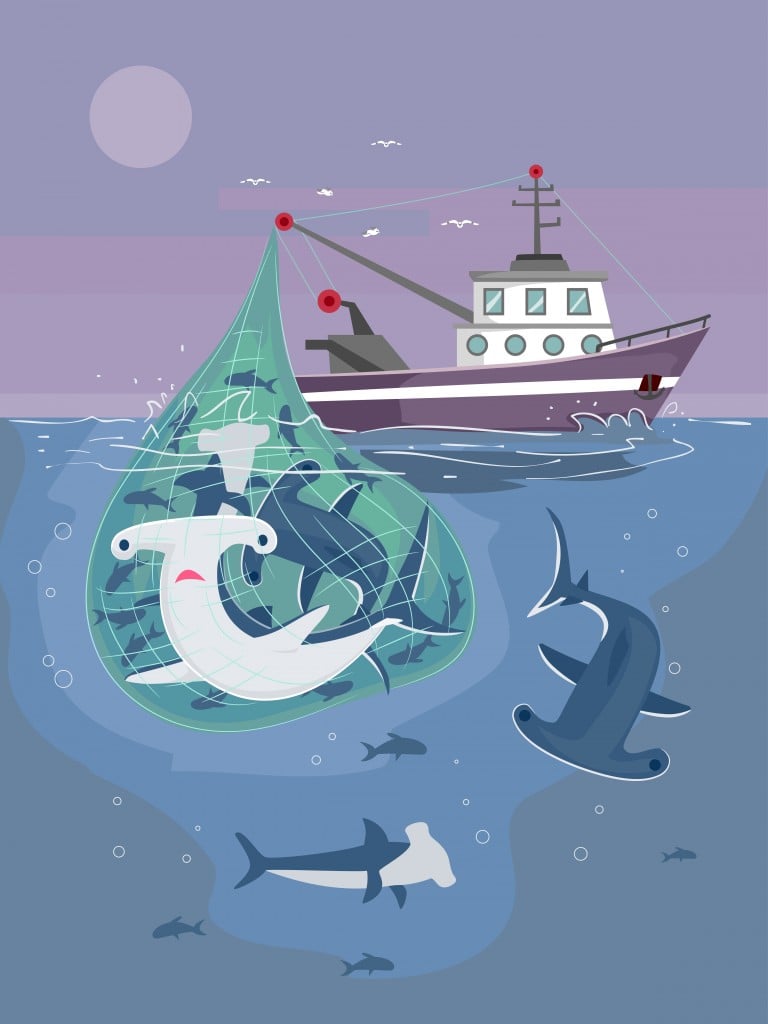
With a larger number of smaller fish surviving, the genes that make them small also survive and are passed on to the next generation. With the passing of each generation, there are fewer big fish in t
he sea and the size of new fish seems to be growing smaller. The length of a male baltic Baltic cod at maturity was 49.6 cm in the 1980s, which decreased to 36.8 cm in 1997 (Source).
Research published in Science looked at how selective breeding affects Atlantic silversides. The study found that there was a two-fold difference in size between their samples (after only four generations!) between those tanks where the two biggest fish were removed and those where the two smallest fish were removed. This is rapid evolution caused by the pressure of overfishing big fish.
The Solution?
Perhaps we should stop removing only the big fish? One suggested alternative to size-selective fishing is to practice balanced harvesting. This practice is does not select for size or age, allowing fisherman to catch smaller fish as well as larger ones (although to a smaller extent for the latter). This is supposed to maintain diversity in the water and increase catches for fishermen, but this isn’t a surefire management strategy either. Smaller fish tend to bring lower prices and could turn out to be unsustainable for fishermen in the long term.
Aquaculture
Aquaculture or fish farming is also being explored with certain fish species. It is a fast-growing industry positioned as a more sustainable alternative to catching wild fish. The farmed Arctic Charr, which has a very similar taste and texture to salmon, has been reported to be a better and more sustainable alternative to farmed salmon. If similar trends are seen with other fish, it could ease the pressure from wild fisheries, although this shift is still up for debate.
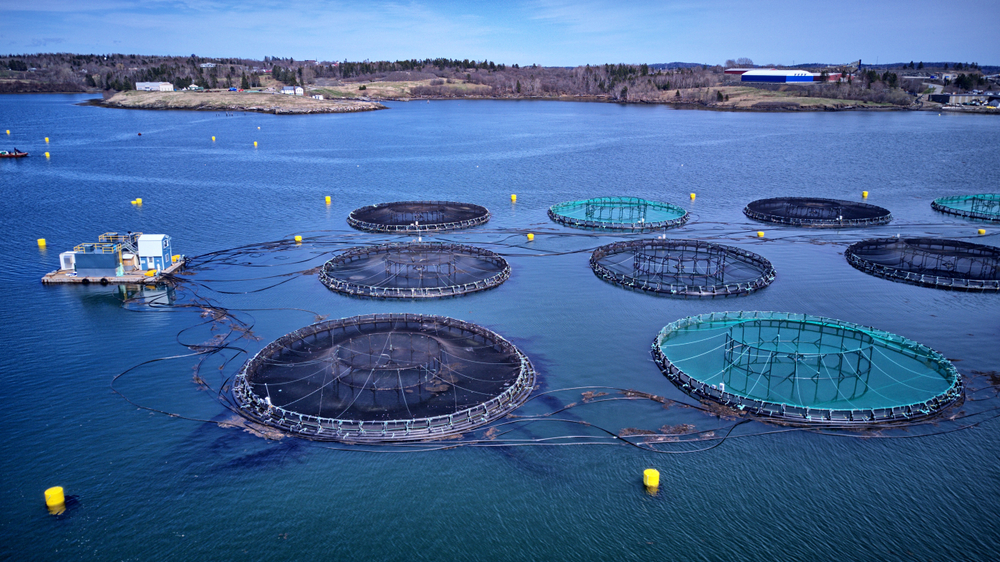
Aquacultures are similar to rearing any other kind of farm animal. The fish require the right type of feed, external conditions to grow, and they’re often given antibiotics to prevent disease. All of this generates waste and might be causing antibiotic resistance to develop in this fish, but fortunately, alternatives are being explored.
These solutions are only one aspect of the problem. Without a change in conservation practices and policy, little progress can be made to save fish population. The demand for fish is only projected to increase over the years as populations rise, along with standards of living.
Solutions to a problem as complex as the effects of overfishing on the evolution of fish tend to be complicated to develop. Often, one doesn’t know what would actually happen when a given solution is implemented. However, becoming a bit more conscious of our consumption habit is a small first step that most of us can take to better protect our waters.
References (click to expand)
- Audzijonyte, A., Kuparinen, A., Gorton, R., & Fulton, E. A. (2013, April 23). Ecological consequences of body size decline in harvested fish species: positive feedback loops in trophic interactions amplify human impact. Biology Letters. The Royal Society.
- Therkildsen, N. O., Wilder, A. P., Conover, D. O., Munch, S. B., Baumann, H., & Palumbi, S. R. (2019, August 2). Contrasting genomic shifts underlie parallel phenotypic evolution in response to fishing. Science. American Association for the Advancement of Science (AAAS).
- Barneche, D. R., Robertson, D. R., White, C. R., & Marshall, D. J. (2018, May 11). Fish reproductive-energy output increases disproportionately with body size. Science. American Association for the Advancement of Science (AAAS).
- Jacobsen, N. S., Gislason, H., & Andersen, K. H. (2014, January 22). The consequences of balanced harvesting of fish communities. Proceedings of the Royal Society B: Biological Sciences. The Royal Society.
- Quaas, M. F., Reusch, T. B. H., Schmidt, J. O., Tahvonen, O., & Voss, R. (2015, September 8). It is the economy, stupid! Projecting the fate of fish populations using ecological-economic modeling. Global Change Biology. Wiley.
- Cardinale, M., & Modin, J. (1999, July). Changes in size-at-maturity of Baltic cod (Gadus morhua) during a period of large variations in stock size and environmental conditions. Fisheries Research. Elsevier BV.


